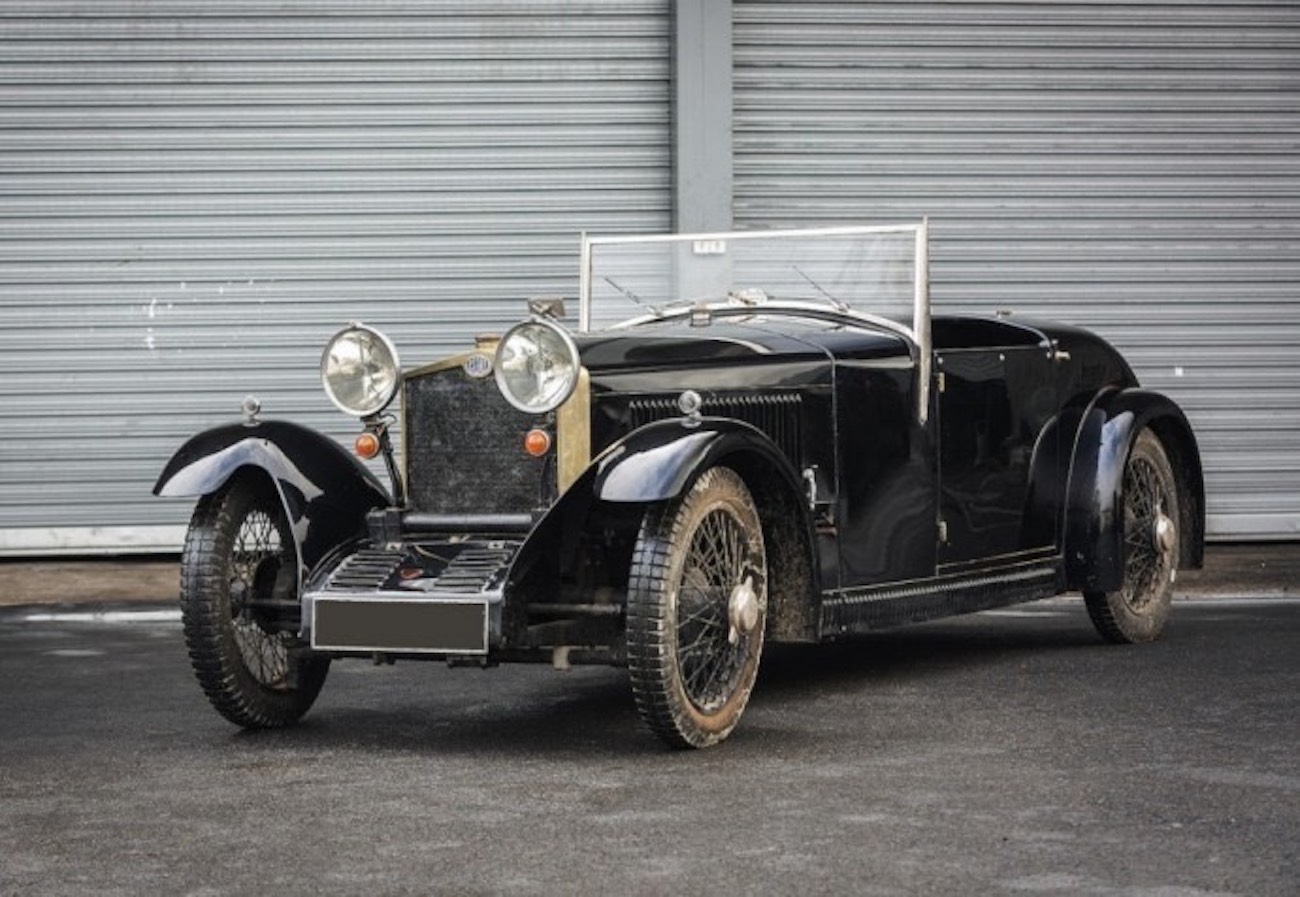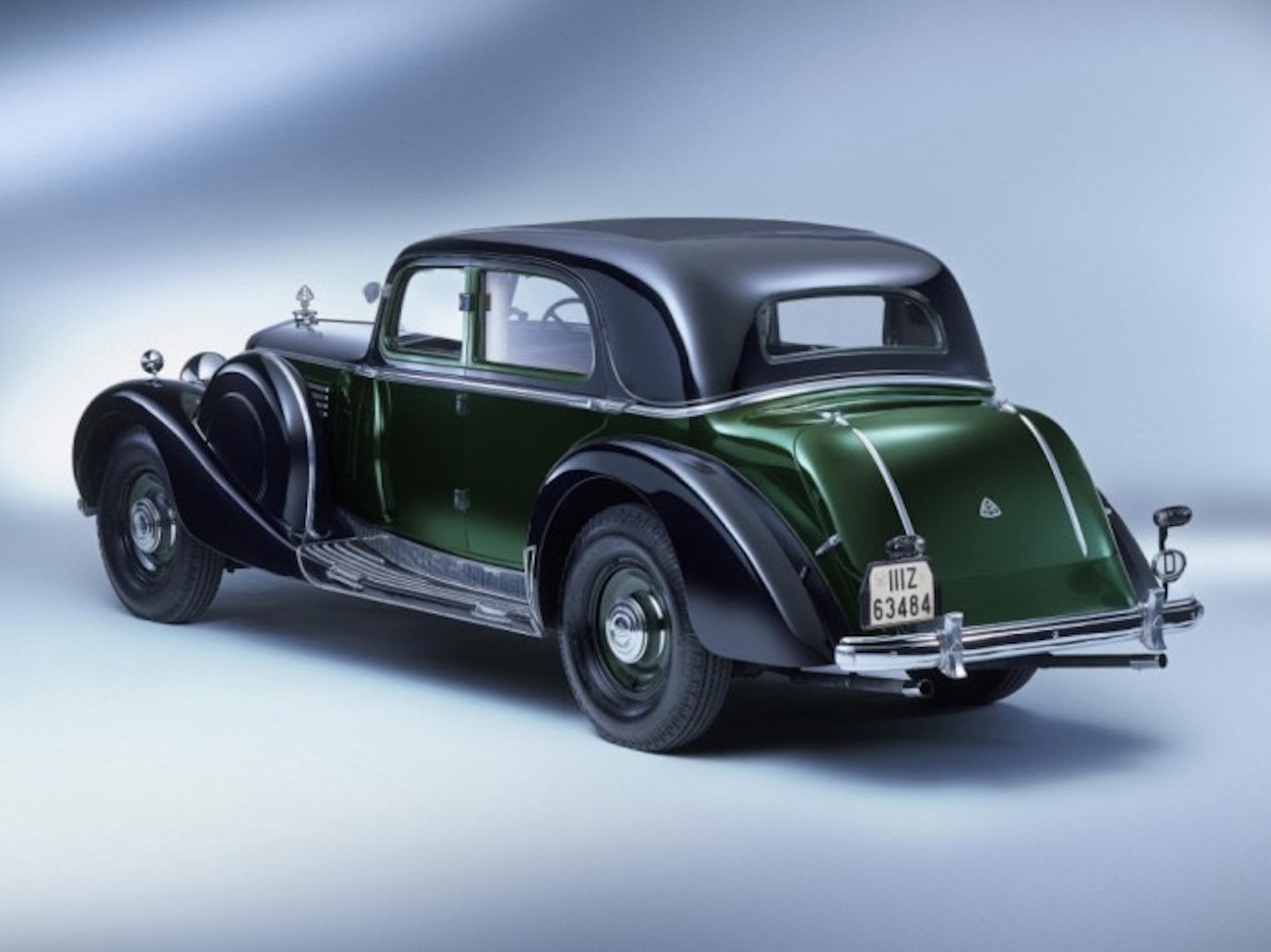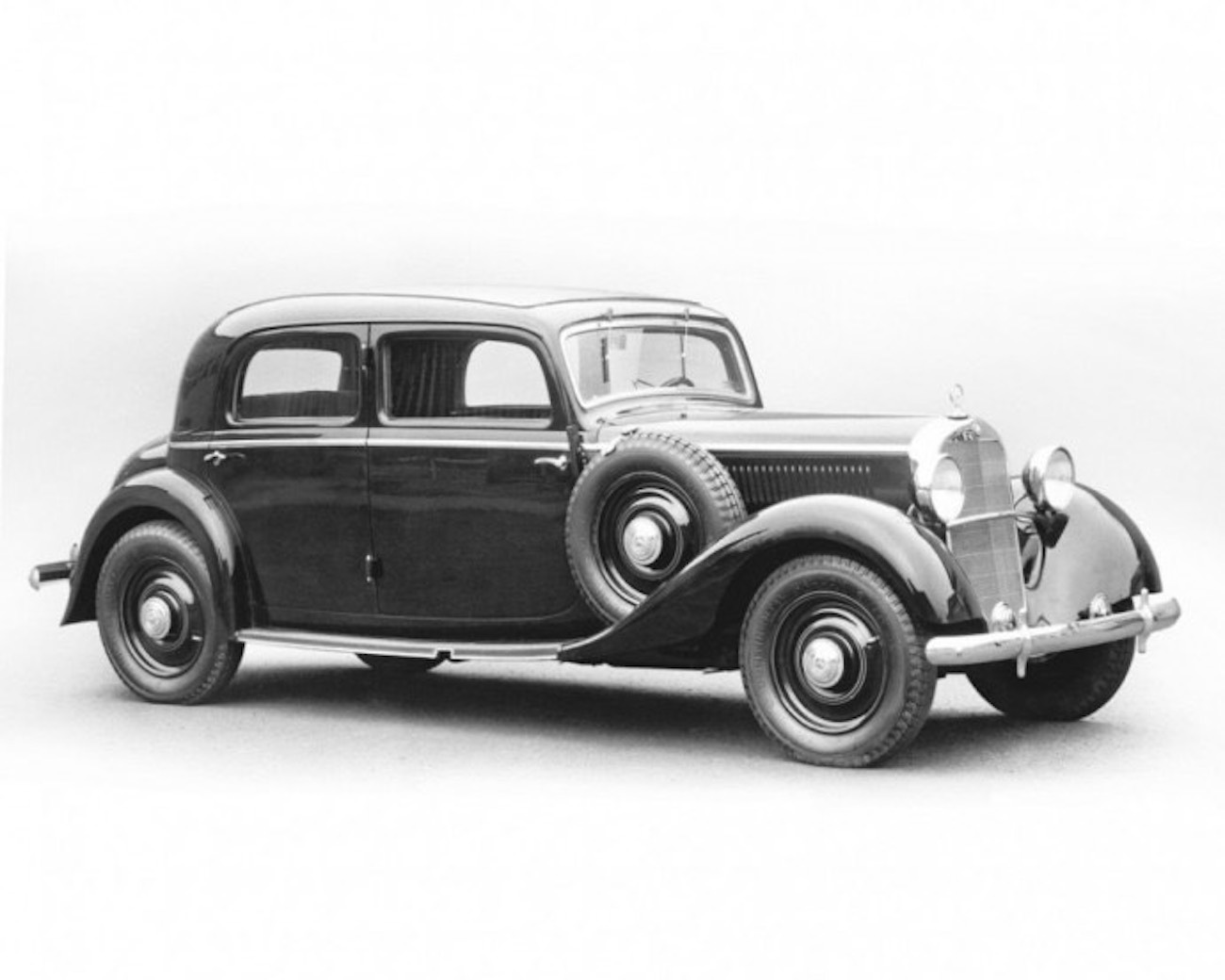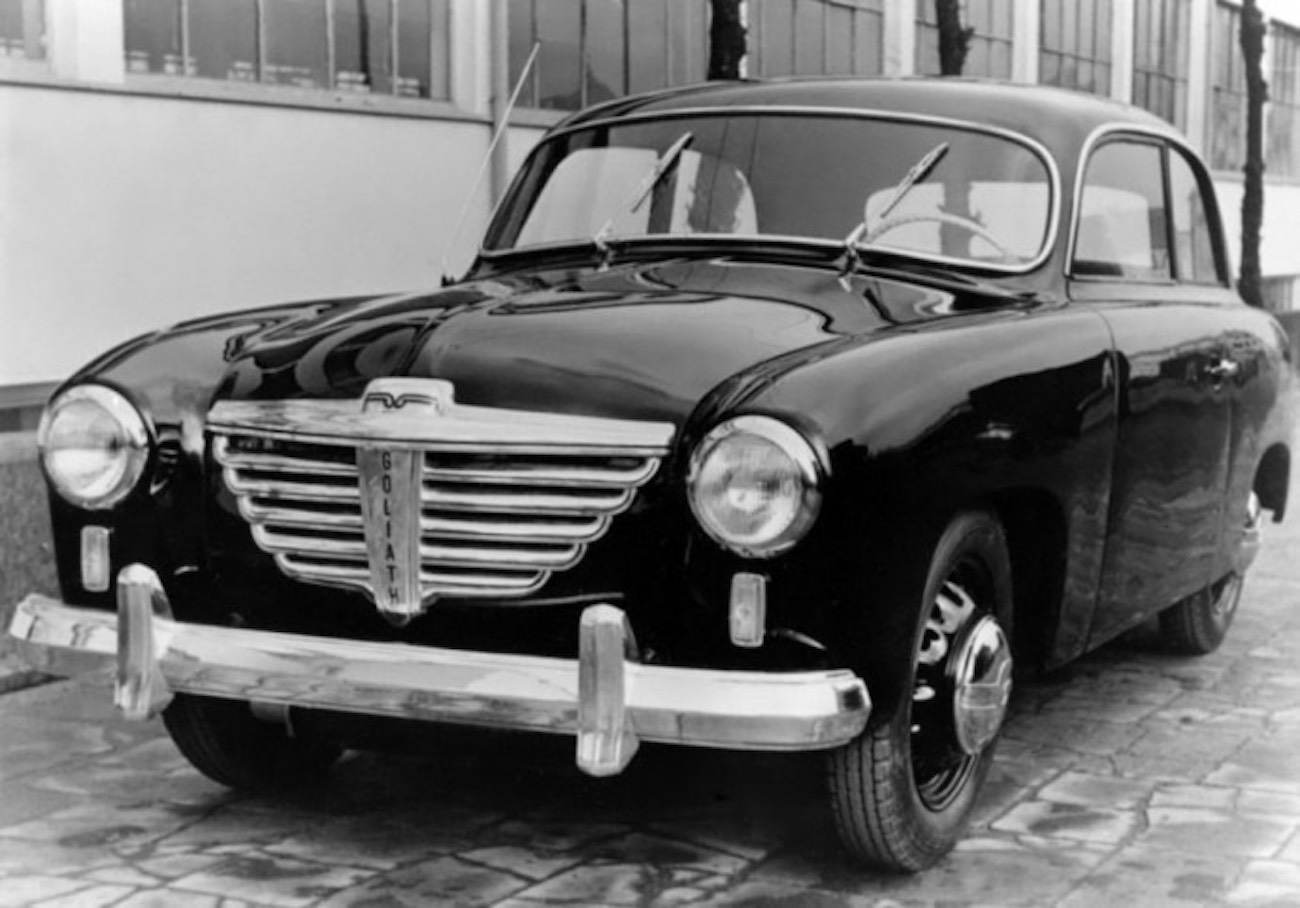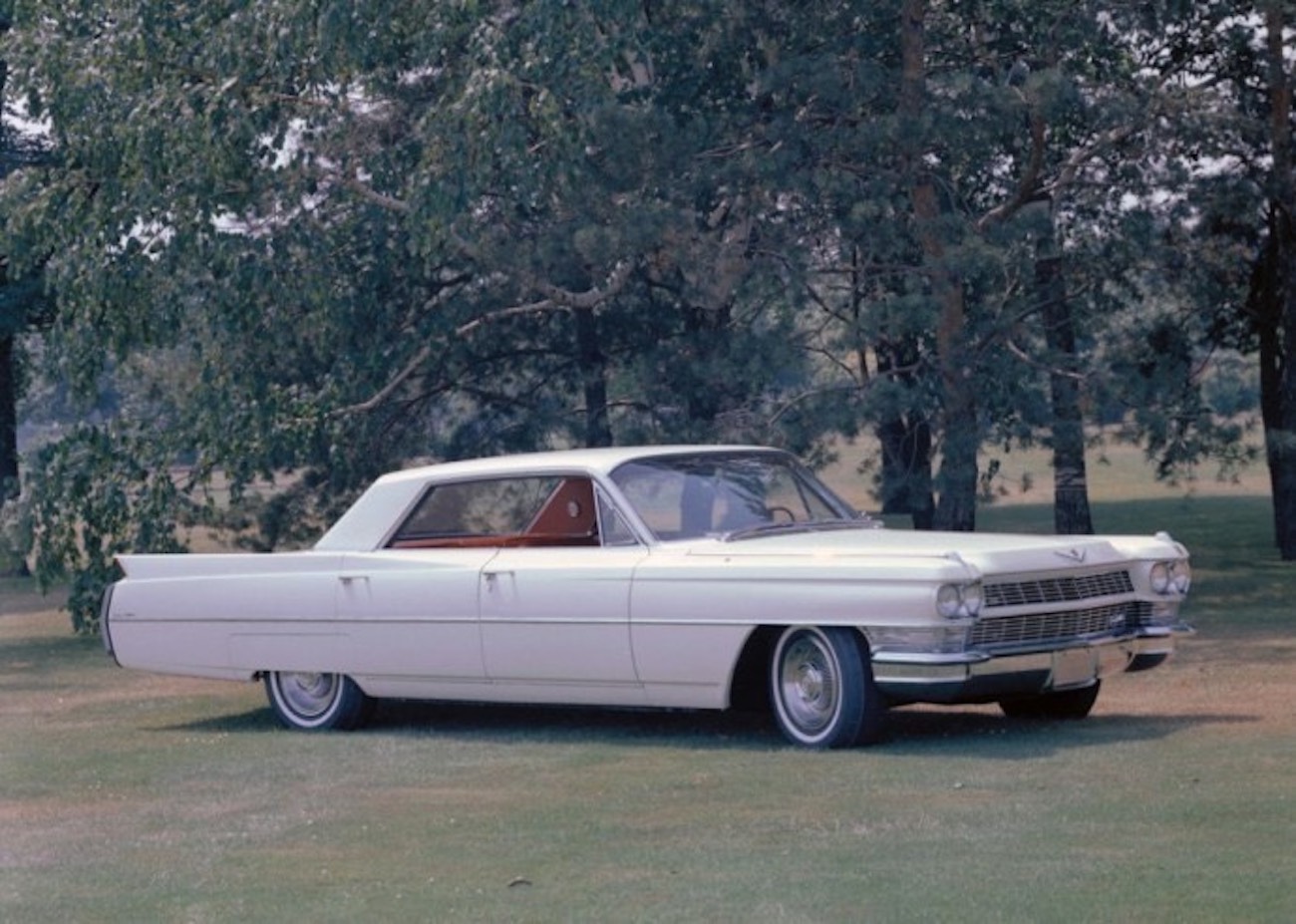Over 130 years have passed since the first automobile was introduced, a revolutionary invention that drastically altered our everyday lives and enabled quicker, more efficient travel. In this context, we aim to highlight those vehicles that stood as pioneers in technological innovation, leading the way with unique engineering advancements.
1921 - The Advent of the Supercharger
The initial accolade is bestowed upon the Mercedes-Benz faction. As per official accounts, the first automobile equipped with a supercharger made its debut in 1921.
1928 – The Inception of Front-wheel Drive
It's a common misconception that the Citroën Traction Avant was the debutant of front-wheel drive technology. However, the true trailblazer was a company by the name of Tracta, which, coincidentally, hailed from the same country as Citroën—France.
1931 – The Emergence of the 8-Speed Manual Gearbox
Do you recall when Porsche unveiled the 7-speed manual gearbox? We certainly do, along with the ensuing humor that an 8-speed manual gearbox would soon be on the horizon. However, unbeknownst to many, this idea had already been realized back in 1931 with the introduction of the Maybach DS8.
1934 – The Birth of the Coupé Convertible
The body style that was catapulted into the spotlight by the Mercedes-Benz SLK and the Peugeot 206 CC. Despite the majority attributing the invention of this body style to Mercedes, it's actually the folks at Peugeot who merit the acclaim. They launched the 401 Eclipse back in 1934, marking the debut of the first coupé convertible.
1936 – The Arrival of the Diesel Engine
The credit for this breakthrough doesn't belong to a single manufacturer, but to several of them. Mercedes-Benz may have been the pioneer in mass-producing diesel engines, but concurrently, the diligent engineers at Citroën, Saurer, and Peugeot were also hard at work refining this type of engine.
1938 – The Introduction of the Hatchback
The body style that is widely adored and holds the top spot in Europe's popularity chart – the hatchback. Many perceive this as the pinnacle of automotive body design. The kudos for this goes to the experts at Citroën, who in 1938 launched the Commerciale variant of the Traction Avant.
1948 – The Debut of the 5-Speed Gearbox
Following World War II, Lancia stood out among manufacturers for its significant advancements. One of their most intriguing innovations was the 5-speed manual gearbox, which saw its first application in the Lancia Ardea.
1950 – The Advent of the V6 Engine
Powerful, large-displacement engines are a trademark of American automobiles. Car enthusiasts across the Atlantic hold a strong affinity for potent 6- or 8-cylinder engines. However, the origin of the first V-configured, 6-cylinder engine can be traced back to Italy rather than America.
It was in 1950 when the engineers at Lancia embarked on the mass production of a 6-cylinder engine, which initially found its home in the Lancia Aurelia models.
1951 – The Inception of Power Steering
This transformative innovation, which has significantly eased the act of driving, wasn't universally implemented in vehicles until about three decades ago. Nonetheless, Chrysler took the initiative by introducing it in the Imperial model in 1951, greatly enhancing the driving experience, especially for those frequenting city roads.
1952 - Fuel injection
It is commonly believed that Mercedes-Benz was the pioneer in incorporating engines with direct fuel injection in its automobiles. However, this claim is inaccurate. The Goliath GP700 was actually the first car to feature direct fuel injection.
1955 - Automatic height adjustable suspension
Many luxury cars now come with air suspension systems that allow you to adjust the ride height. Meanwhile, Citroën performed this stunt well before any other manufacturer when it introduced the far-famed DS 19 in 1955.
1956 - The multi-purpose vehicle
Fiat is often criticized for certain decisions that are not widely understood, such as the Fiat Multipla design, but the company contributed significantly to the development of the automotive industry. One of the more modest examples is the original Fiat 600 Multipla that debuted in 1956 – the world's first multi-purpose vehicle.
1957 - Air suspension
The "Air Dome" was another feature that Cadillac introduced in the late 1950s. Looking for a way to increase the level of comfort in its most luxurious models, Cadillac created what is now standard equipment in the S-Class Mercedes-Benz and the BMW 7 Series. This is the air suspension that was introduced in the 1957 Eldorado Brougham.
1957 - Cruise control
The United States boasts an abundance of extensive, uninterrupted roads that stretch for not only hundreds, but thousands of miles. Hence, it comes as no surprise that the cruise control system was created by Chrysler engineers and implemented in the Imperial.
1958 - Continuously variable transmission
Japanese car manufacturers adore CVTs. They work efficiently, and their design is relatively simple. And they also last a long time. Unfortunately, the same cannot be said for the first CVT that the engineers at DAF introduced in 1958.
1959 - Seat belts
The Volvo Amazon was the first car in the world to be equipped with seat belts. It's said to this day that this invention has helped save more lives than any other safety measure around.
1960 - The alternator
The alternator is one of the most important components that allow you to enjoy everything an electrical system has to offer: power windows, a stereo system, navigation, etc. The Plymouth Valiant was the first car in the world to be fitted with this wonderful device.
1961 - The closed cooling system
Before the Renault 4 came out, drivers had to constantly monitor the level of fluid in the cooling system. If it got low, they would have to top it up with antifreeze. This problem was solved when the tiny Renault 4 hatchback was introduced.
1964 - The rotary engine
Was Mazda the pioneer in rotary engines? In part, but NSU was the first company to put this idea into mass production.
1964 - Climate control
Americans revel in the highest level of comfort. Maybe that's why US manufacturers are often the first to offer innovations in this field. One of them is Cadillac, which in 1964 offered climate control in its DeVille sedan.
1965 - The tilt steering wheel
A feature that some modern cars are still unable to offer. Meanwhile, Cadillac already demonstrated decades ago that a steering wheel that can be adjusted in several directions is not just an added comfort, but a necessity.
NSU Ro80 Review
---
Discover your dream car within our Car Categories, or explore our Classic Passion Shop to uncover thrilling items from our associates!


